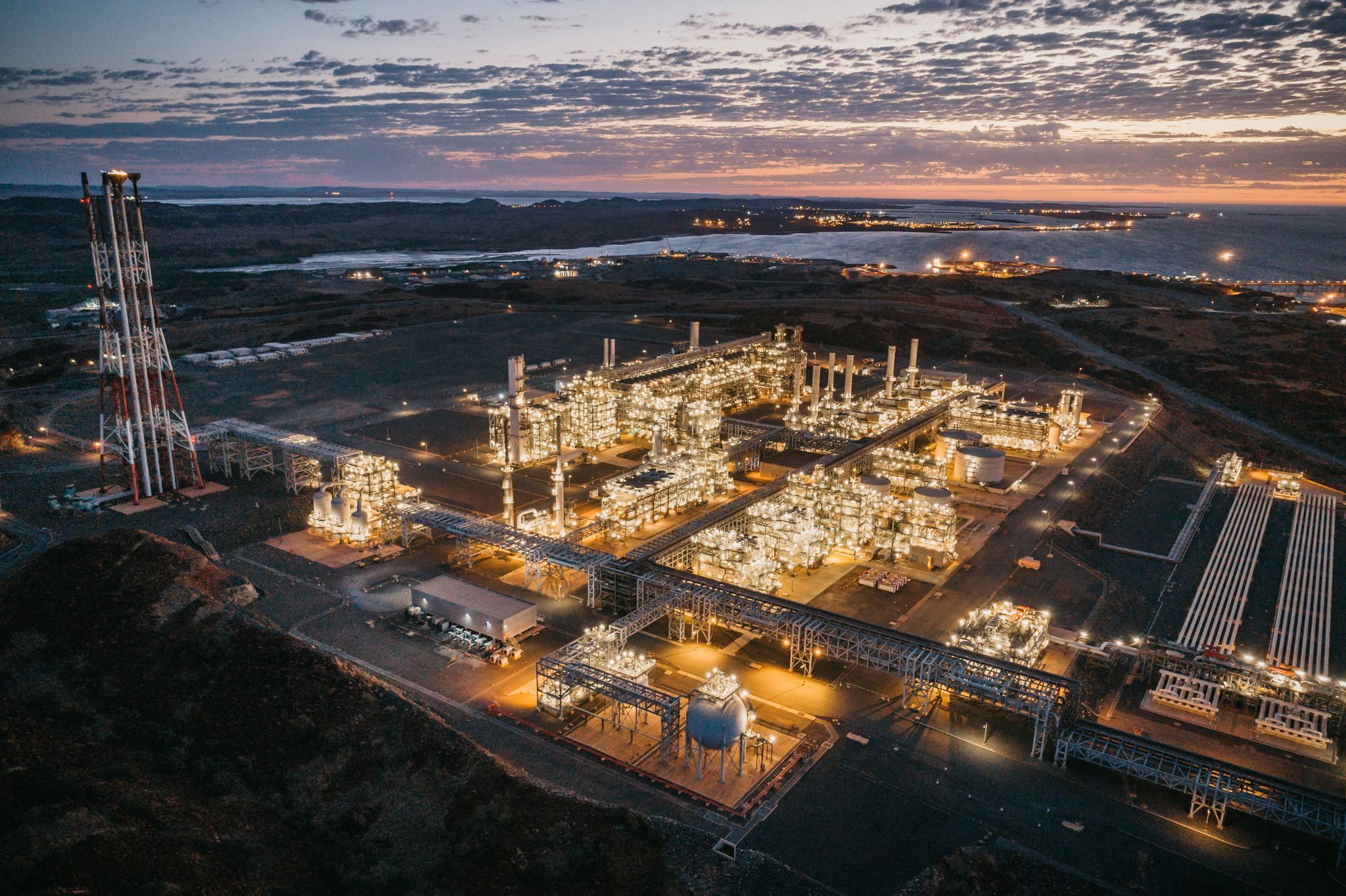The Scarborough and Pluto LNG Train 2 developments, worth about $12 billion, are 30 percent complete, according to Australian LNG player Woodside.
In November 2021, Woodside took a final investment decision on the Scarborough and Pluto LNG Train 2 developments.
The projects also include new domestic gas facilities and modifications to the first train.
Woodside’s Pluto LNG terminal currently has one train with a capacity of 4.9 mtpa and Woodside and US engineer Bechtel started building the second Pluto train last year.
Pluto Train 2 will get gas from the Scarborough gas field, located about 375 km off the coast of Western Australia, through a new trunkline long about 430 km.
“The Scarborough and Pluto Train 2 projects in Western Australia are now 30 percent complete, with manufacturing of the export trunkline 86 percent complete and first concrete poured for Pluto Train 2,” Woodside said in its first-quarter results report on Friday.
Woodside said that engagement with regulators on secondary environmental approvals for offshore execution activities continued during the January-March period.
Also, Pluto Train 1 modifications scope progressed into pre-execution phase, while engineering and long-lead item procurement commenced, the firm said.
Woodside targets first LNG cargo in 2026.
Sales revenue up from Q1 2022 but down from Q4
Woodside said its first-quarter sales revenue rose 81 percent year-on-year to $4.33 billion but it dropped 16 percent compared to $5.16 billion in the fourth quarter.
Production and sales volume increased 122 percent and 112 percent to 46.8 MMboe (520 Mboe/day) and 50.4 MMboe, respectively, from the first quarter of last year, driven by the expanded operations portfolio post-merger with BHP’s oil and gas business, it said.
However, production and sales volume dropped 9 percent and 4 percent, respectively, when compared to the prior quarter, Woodside said.
Woodside achieved high LNG reliability of 99.9 percent at the Pluto LNG plant and 98.3 percent at the North West Shelf (NWS) project.
Lower realized prices
Woodside achieved a portfolio average realized price of $85 per barrel of oil equivalent, while it sold 32 percent of produced LNG at prices linked to gas hub indices.
The firm said its average LNG produced price reached $16.7 per MMBtu in the the first quarter, compared to $20.3 per MMBtu in the prior quarter and $14.6 per MMBtu in the same quarter in 2022.
These realized prices include the impact of periodic adjustments reflecting the arrangements governing Wheatstone LNG sales, the firm said.
LNG traded price, which excludes any additional benefit attributed to produced LNG through third-party trading activities, was at $16.7 per MMBtu in the first quarter as well.
This compares with $24.2 per MMBtu in the fourth quarter and $22.6 per MMBtu in the same quarter in 2022.
Woodside’s CEO Meg O’Neill said in the statement the company delivered “outstanding” operational performance in the quarter, particularly at Pluto LNG.
“Our operations teams continued to achieve strong outcomes. Production was 122 percent higher than the corresponding quarter last year, demonstrating the significant value generated by the merger with BHP’s petroleum business,” she said.
“Production and revenue declined from Q4 2022 primarily due to planned turnaround and maintenance activities at Australian assets and lower realized prices,” O’Neill said.

